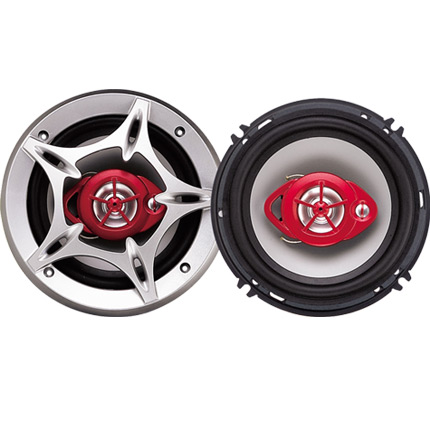Exploring the Mechanics of Gas Pedals and Throttle Cables in Automotive Design
The Unsung Heroes of the Automotive World The Gas Pedal and Cable
When we think about the modern automobile, our minds often race to the sleek design, powerful engine, or cutting-edge technology packed within. But beneath the flashy surface and advanced electronics lies a simple yet crucial element that plays a pivotal role in our driving experience the gas pedal and its accompanying cable. Often overlooked, these components perform a vital function, bridging the driver’s intentions with the vehicle’s performance.
The gas pedal, also known as the accelerator, is the driver’s interface with the engine’s power. It is typically positioned on the right side of the footwell, designed for easy access and intuitive use. While it may seem rudimentary, the gas pedal is a finely engineered instrument that translates a driver’s desire for acceleration into actual speed. Pressing the pedal sends a signal to the vehicle’s engine to increase fuel intake, thereby generating more power and propelling the car forward.
The mechanism behind this process has evolved over the years. In older car models, the gas pedal was connected to the engine via a mechanical cable. This cable, often a simple wire reinforced with protective sheathing, connected the pedal to the throttle body of the engine. When the driver pressed the pedal, the cable would pull on a lever that opened the throttle, allowing more air and fuel into the engine and enhancing performance. This direct, mechanical linkage created a tactile connection between the driver's foot and the engine's response, allowing for a visceral and engaging driving experience.
However, the advent of technology has changed the relationship between the driver and the vehicle. Today, most modern cars employ electronic throttle control (ETC), also known as drive-by-wire systems. In this setup, pressing the gas pedal generates an electronic signal that is sent to the car's Engine Control Unit (ECU). The ECU then processes this information and adjusts the throttle position electronically, controlling the amount of air and fuel that enters the engine. Although this system offers advantages like improved fuel efficiency and more precise control, some drivers lament the loss of the direct mechanical feedback that the traditional cable provided.
gas pedal and cable

Regardless of the mechanism, the gas pedal and its cable (or electronic counterpart) are integral to the driving experience. They determine not only how fast a vehicle accelerates but also influence safety and control. A well-calibrated gas pedal allows for smooth acceleration, enabling drivers to merge onto highways or navigate city traffic with confidence. Conversely, a poorly calibrated pedal can lead to erratic acceleration, making the car unpredictable and potentially dangerous.
Moreover, the gas pedal plays a significant role in fuel economy. Smooth and measured acceleration can enhance fuel efficiency, while aggressive and erratic input can burn through fuel at an alarming rate. This relationship between driver behavior and fuel consumption underscores the importance of understanding how to use the gas pedal effectively.
In addition to their functional importance, the gas pedal and cable symbolize the connection between man and machine. They reflect the human desire for speed, freedom, and control. The act of pressing the gas pedal conjures a sense of empowerment, allowing the driver to feel the raw horsepower of the vehicle. This intimate connection is what makes driving not just a means of transport but an exhilarating experience.
As we look toward a future filled with electric vehicles and autonomous driving technologies, the traditional gas pedal and cable may eventually become relics of the past. However, their legacy will endure in the hearts of driving enthusiasts who appreciate the art of performance and the pleasure of a responsive vehicle. The gas pedal, whether mechanical or electronic, remains an essential aspect of automotive design and function, reminding us of the simple pleasures of driving.
In conclusion, while the gas pedal and cable may not be the most glamorous components of an automobile, they are undoubtedly among the most vital. From mechanically linking driver intent to engine response, to influencing safety and efficiency, these elements embody the essence of what it means to drive. As automotive technology continues to advance, we must not forget the roots of our driving experience, represented by the humble gas pedal and its faithful cable.
-
Upgrade Your Control with Premium Throttle CablesNewsAug.08,2025
-
Stay in Control with Premium Hand Brake CablesNewsAug.08,2025
-
Experience Unmatched Performance with Our Clutch HosesNewsAug.08,2025
-
Ensure Safety and Reliability with Premium Handbrake CablesNewsAug.08,2025
-
Enhance Your Vehicle with High-Performance Clutch LinesNewsAug.08,2025
-
Elevate Your Ride with Premium Gear CablesNewsAug.08,2025
